Sven Sprangler has made himself a key member of Simo Valakari’s St Johnstone side.
But it wasn’t always that way for the Austrian midfielder.
The 29-year-old struggled for game time under previous manager Craig Levein, often having to make do with a place on the bench, clinging onto hopes of a 15-minute cameo, usually under tricky circumstances.
It would have been easy for Sprangler to write off his time in Perth as a roll of the dice that went against him.
Instead, he got his head down, never stopped working in training and, with the arrival of Valakari, found himself with an opportunity to prove his worth.
He has taken his chance in style, making himself a key member of a rapidly progressing Saints side, thanks to his combative midfield approach and care in possession.
Sprangler’s manager is a big fan of the job he does on the pitch.
But Valakari is also an admirer of Sprangler’s general attitude, which he thinks should serve as an example to those around him.
“I was watching the [Kilmarnock] game back on Monday morning and I was thinking: ‘Wow’,” said the Saints boss.
“What a player we have [in Sven].
“First of all, he’s a team player. He does everything for the team.
“People were telling me: ‘He can’t play with the ball. He can’t be a play maker at number six.’
“Okay – let’s see when we make his role very clear if he is open to learn, because I thought we could help him.
“As you see him now, when he is in the right positions, he can do his job much better.
“He can defend and actually he looks very fast now – he can handle duels and can cover our back line, he’s very strong in the air, which helps us a lot, he can take on long balls, which means our defenders don’t need to step forward and leave space in behind.
“He has been a very, very important player.”
Sprangler was given the option to leave Saints in the summer, but opted to stay and fight for his place.
His choice has been vindicated.
Now, Valakari has challenged others who find themselves in the position the Austrian was in six months ago to take a leaf out of his book, rather than picking up the phone in anger to their representatives.
The alternative, says the Saints boss, could involve leaving the club.
“Mentality decides everything,” Valakari explained.
“Since I have been here, I have already had conversations when a player’s agent is calling me after one-and-a-half games not playing, saying: ‘He needs to move, he has not been playing.’
“This is football. If after one week you start giving up, start finding excuses about the coach not playing you and needing to move… No, no, no.
“Sven is a prime example of how a player must be. He was thinking: ‘Okay, I’m not playing. What can I do so I can play? How can I force the manager to play me?’
“That should be the attitude – not calling the agent and saying: ‘I want to move.’
“Modern football is a squad game. And especially at the kind of club we are, if everyone is not fully focused and buying into what we’re going to do, we’re not going to accept it.
“That’s why we talk every day to players who are on the bench about how they can influence the game.
“They need to be positive and they need to be involved.
“It’s very easy – you are with the team or you are not. And I have said since day one – if you don’t want to be here, come talk with me, come talk with Gus [MacPherson].
“I know I have young players and older players who want to play, so we will find a solution.”
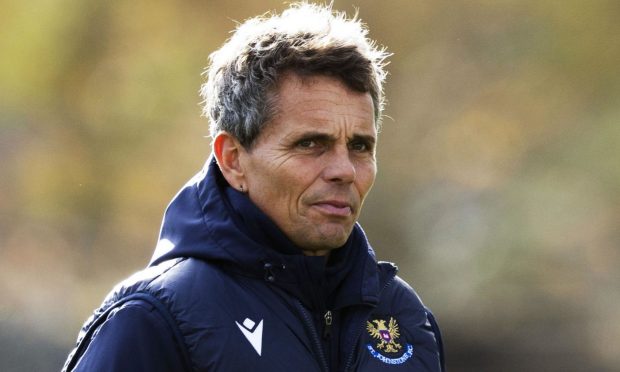

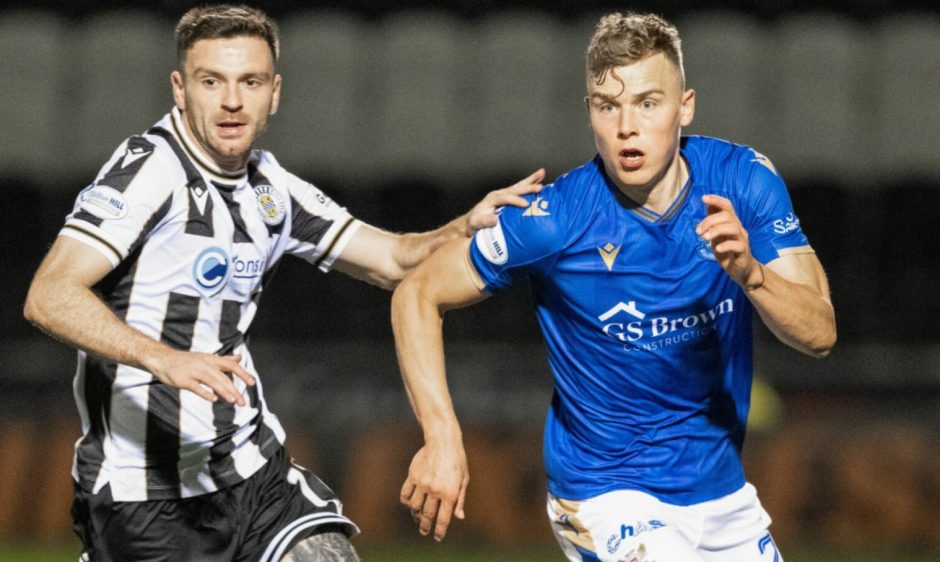
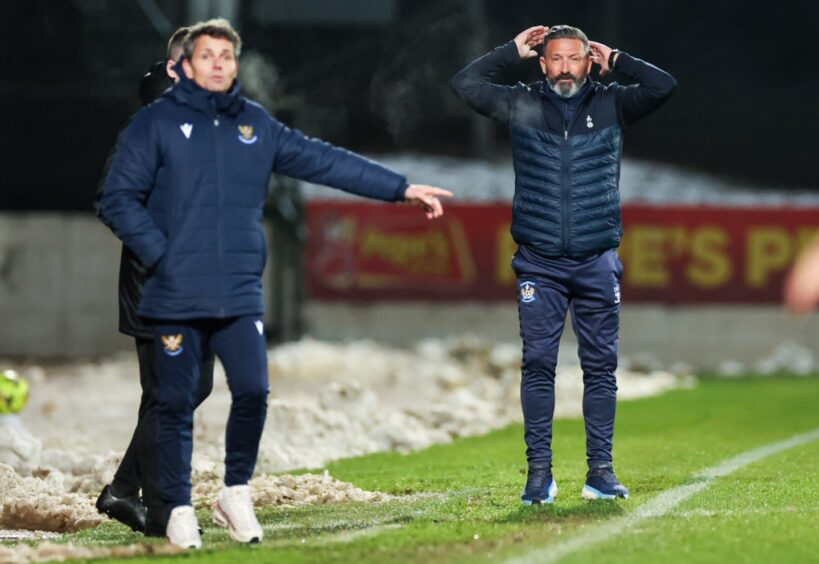
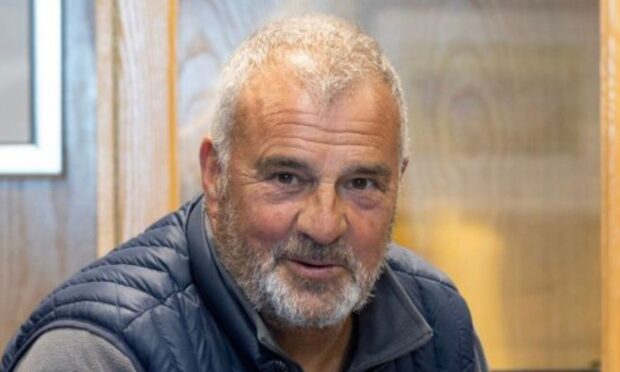
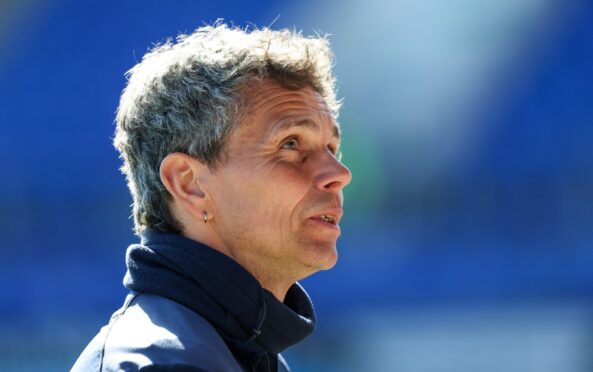
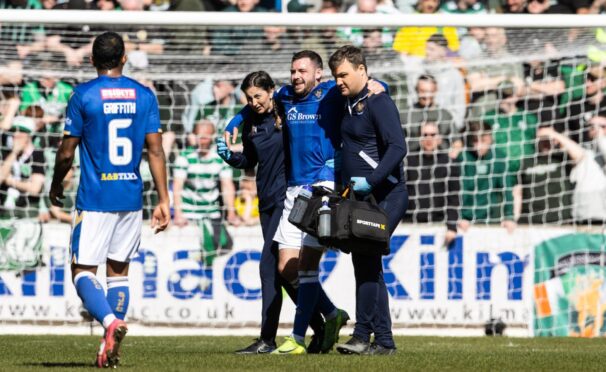

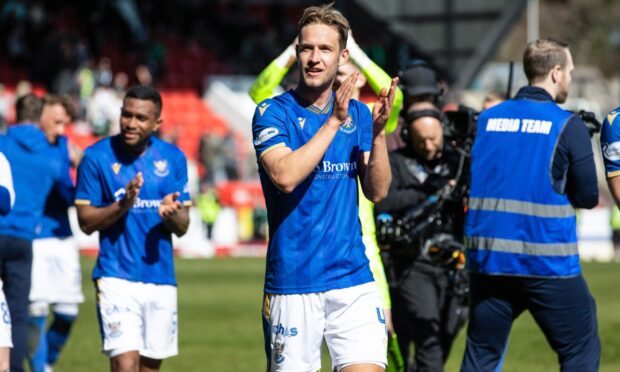
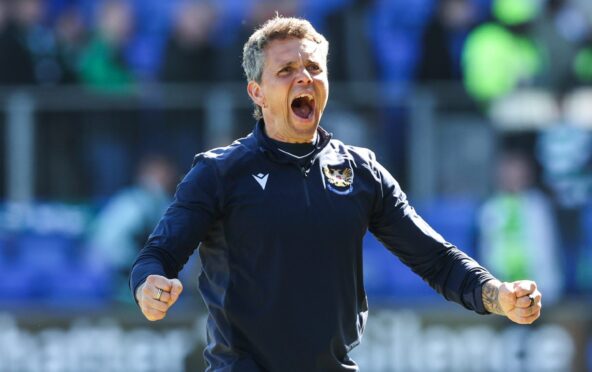
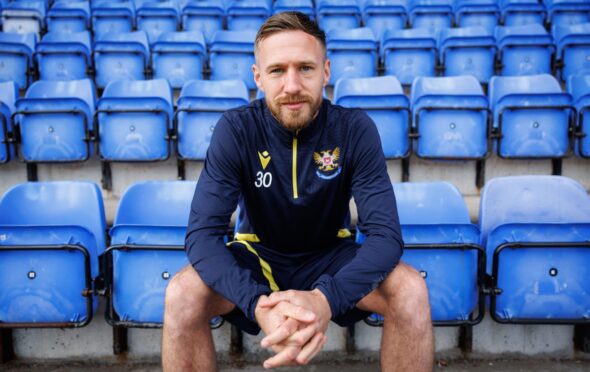
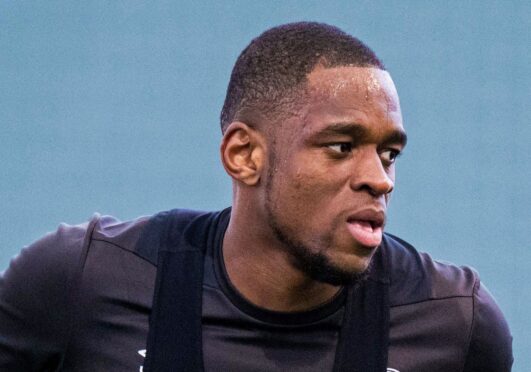
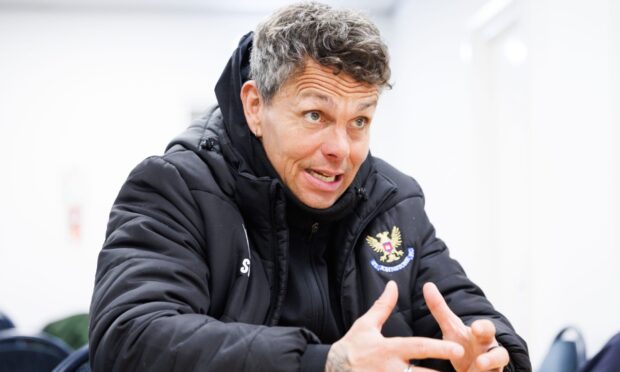
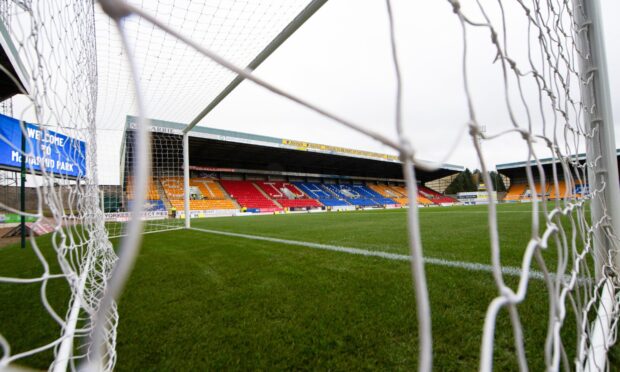
Conversation